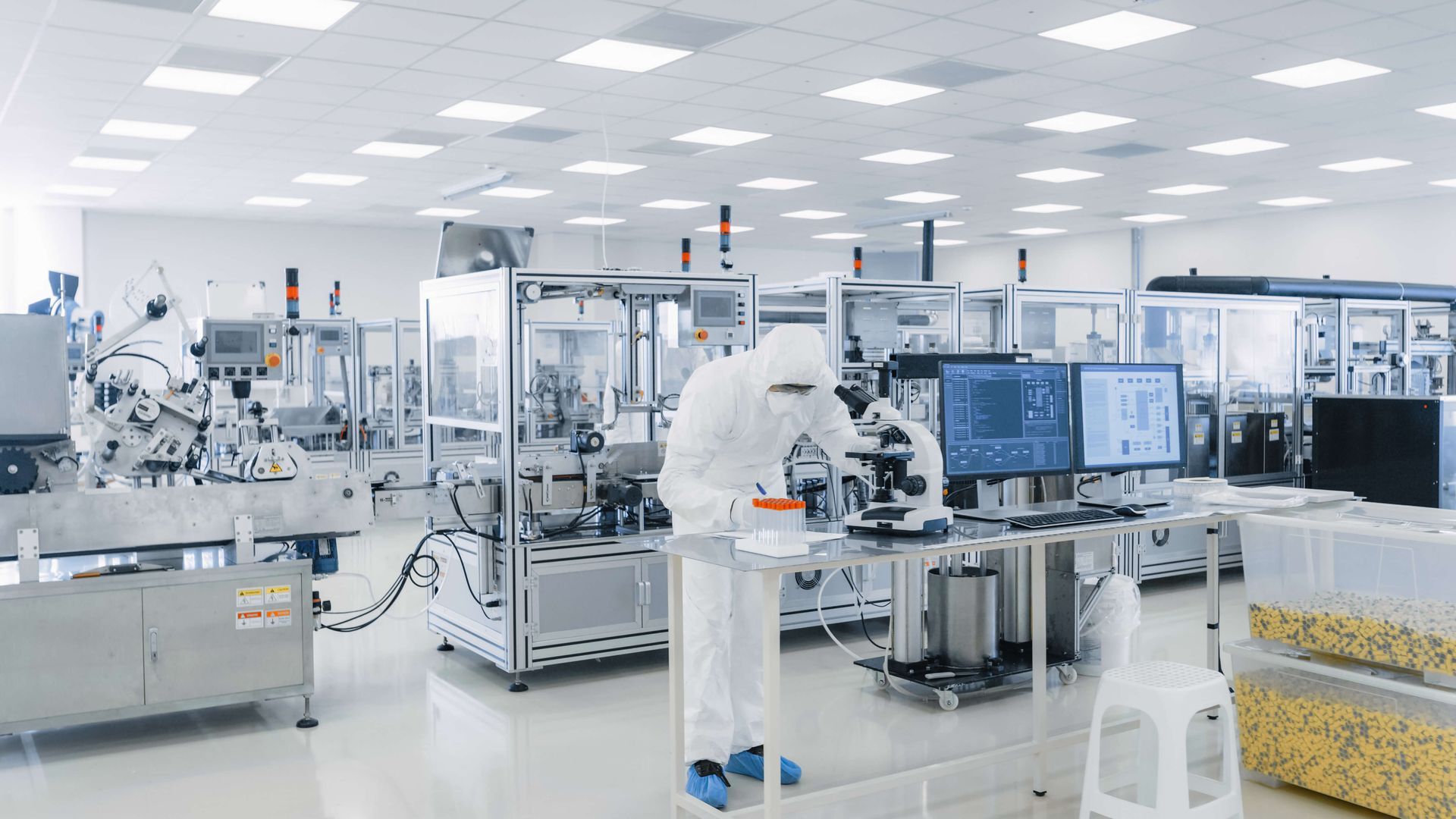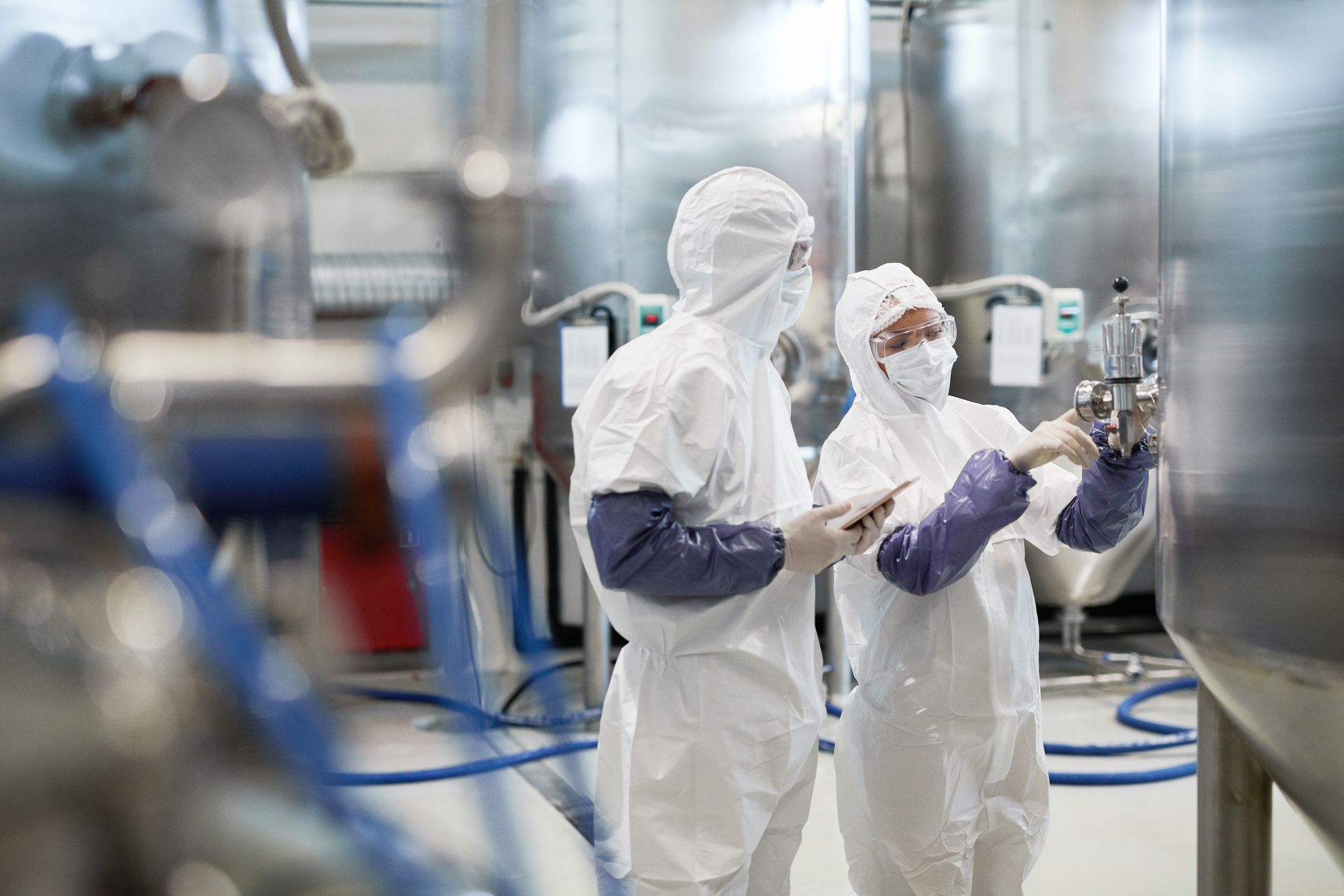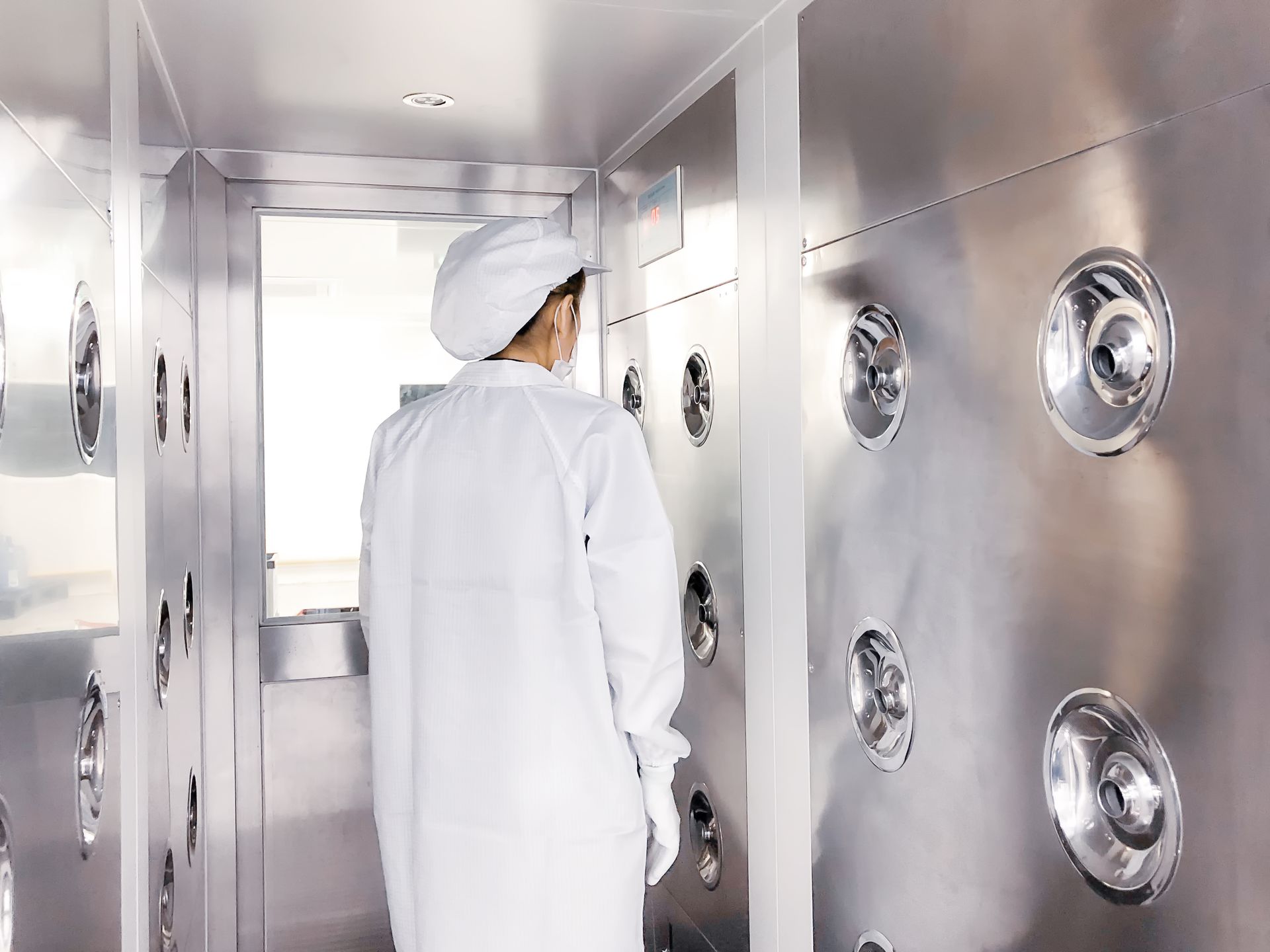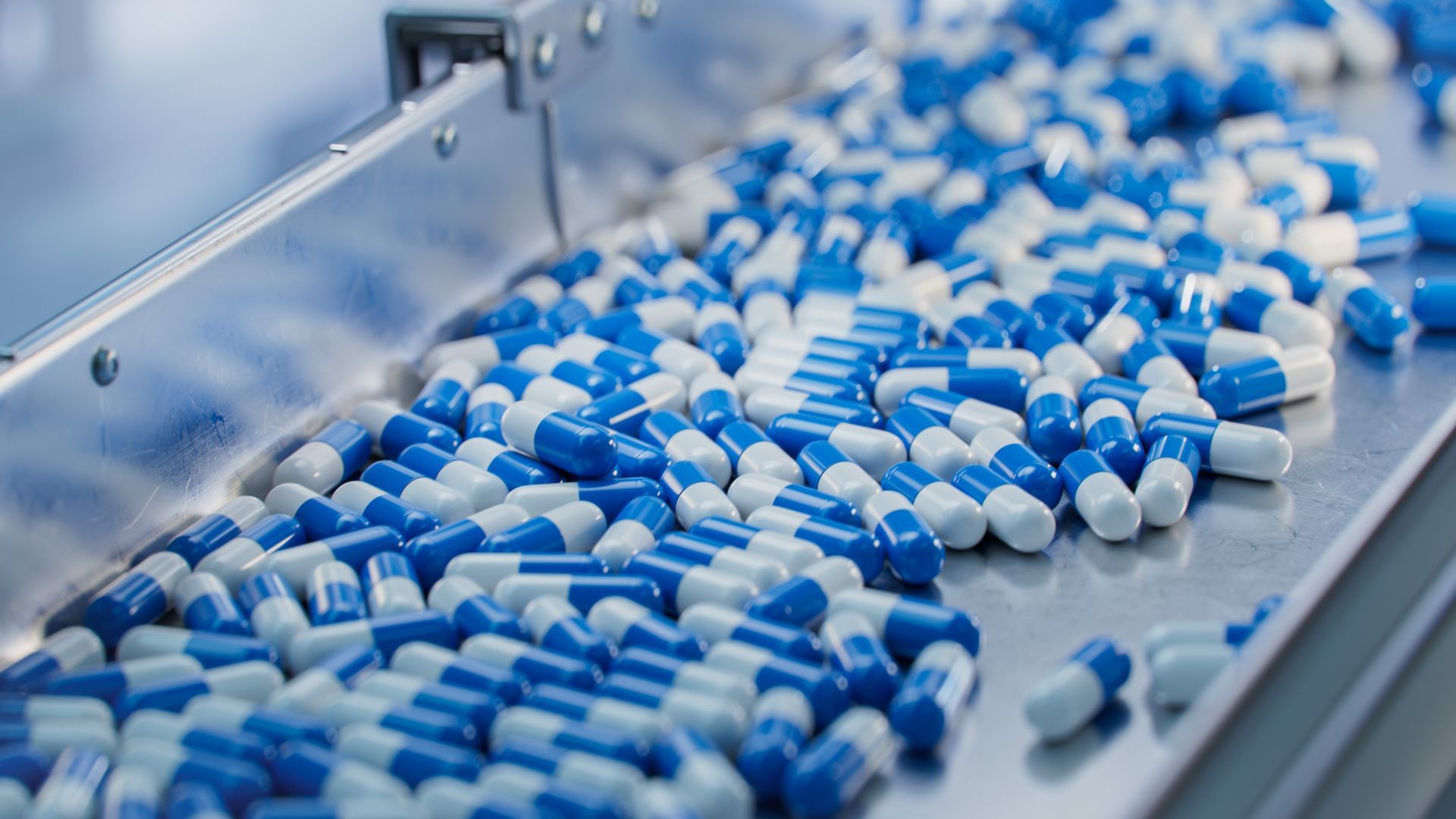Future Trends in Cleanroom Design and Operation

Introduction
As industries like pharmaceuticals, biotechnology, semiconductor manufacturing, and aerospace continue to expand and evolve, the cleanrooms used in these fields must also adapt to meet new challenges and leverage emerging technologies. The future of cleanroom design and operation is likely to see significant advancements driven by innovations in technology, increased regulatory demands, and a greater focus on sustainability and efficiency. This detailed article explores the trends that are shaping the future of cleanroom design and operation.
Automation and Robotics
One of the most significant trends in cleanroom design and operation is the increased use of automation and robotics. Automation technology can reduce the need for human operators, who are often sources of contamination due to shedding skin cells, hair, and fibers from clothing. Robots and automated systems can perform repetitive or precision-based tasks with minimal risk of error and contamination, enhancing both the efficiency and reliability of cleanroom operations.
For instance, in pharmaceutical manufacturing, robotic arms can handle the filling and packaging of sterile products. In semiconductor manufacturing, automation can be used to transport silicon wafers through various processing stages under tightly controlled conditions. The future will likely see an integration of AI with robotics to further optimize processes and predictive maintenance, reducing downtime and increasing productivity.
Advanced Materials and Surfaces
The development of new materials and surface treatments is crucial for the future of cleanrooms. Innovations in materials science are producing surfaces that are resistant to microbial growth and easy to clean, reducing the risk of contamination. For example, antimicrobial coatings that inhibit the growth of bacteria and fungi on cleanroom surfaces can significantly enhance cleanliness standards.
Additionally, materials that generate fewer particles, such as advanced polymers and non-shedding metals, are being developed. These materials are not only used in the construction of cleanroom walls and floors but also in the manufacturing of furniture and equipment used within the cleanroom.
Enhanced Filtration Technologies
Filtration technology is at the heart of cleanroom design, and future advancements are expected to provide even higher levels of air purity. The development of more efficient HEPA and ULPA filters, capable of trapping nanoparticles, is ongoing. Moreover, innovations such as customizable filters that can adapt to specific contaminant types based on real-time air quality monitoring are on the horizon.
This adaptive filtration technology could dynamically adjust the level of filtration needed based on the current state of cleanroom contamination, leading to more energy-efficient operations and prolonged filter lifespans.
Energy Efficiency and Sustainability
As energy efficiency becomes a more critical concern globally, future cleanroom designs will likely emphasize sustainability. Traditional cleanrooms are energy-intensive due to the need for constant air filtration and temperature control. Future trends may include the integration of energy recovery systems, which reuse the energy generated by cleanroom operations to heat or cool the rooms as necessary.
Additionally, the use of more efficient LED lighting, energy-star-rated equipment, and the incorporation of green building materials are trends that help reduce the carbon footprint of cleanroom operations. The use of solar panels and other renewable energy sources could also become more prevalent.
Real-Time Monitoring and IoT Integration
The integration of Internet of Things (IoT) technology in cleanroom environments is set to revolutionize how these facilities are monitored and managed. IoT sensors can continuously collect data on various parameters such as temperature, humidity, particle count, and air pressure. This data can be analyzed in real-time to ensure that the cleanroom remains within operational parameters.
Moreover, IoT enables predictive analytics, where data trends can predict when maintenance is needed before a system fails or contaminates the cleanroom. This proactive approach can significantly reduce downtime and maintenance costs.
Regulatory Compliance and Global Standards
As regulatory standards become more stringent, cleanroom designs will need to adapt to comply with global regulations. This is particularly relevant in the pharmaceutical and biotechnology industries, where regulatory oversight is rigorous.
Cleanrooms in the future will need to be designed not only to meet current standards but also to be adaptable to changing regulations.
Personalized Cleanrooms
The concept of modular and personalized cleanrooms is emerging, where facilities are designed to be easily modified to meet the specific needs of different products or processes. Modular cleanrooms offer the flexibility to change layouts and scalability to increase or decrease in size based on production demands without significant disruptions to existing operations.
Conclusion
The future of cleanroom design and operation is marked by rapid advancements in technology and a shift towards more sustainable and efficient practices. As industries continue to develop and the demand for cleaner manufacturing environments grows, the evolution of cleanrooms will play a critical role in ensuring the quality, safety, and efficacy of products. Embracing these future trends will be essential for companies aiming to maintain competitiveness and compliance in an increasingly regulated and environmentally conscious world.
Read more: All About Cleanrooms - The ultimate Guide






